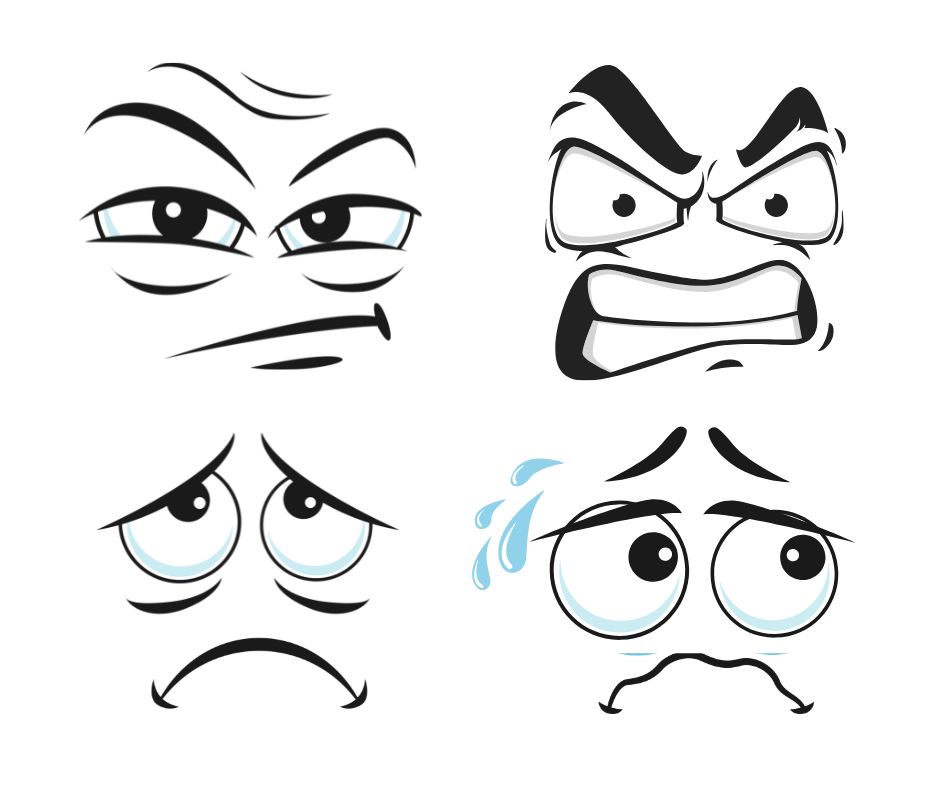"If people pay attention to the five flavours and blend them well, Qi and Xue (Blood) will circulate freely, and breath and bones will be filled with the essence of life."
Huang Di Nei Jing
Earth-based medical systems, such as Traditional Chinese Medicine, recognize that high-quality whole foods can be used as medicines to heal both the body and the mind.
Some of my earliest studies of holistic medicine were in the fields of holistic nutrition and food therapy with teachers like Paul Pitchford (author of Healing with Whole Foods) and others, so using food as medicine has always been close to my heart!
In Chinese Medicine, foods and herbal medicines are categorized by their flavours, thermal natures, directions, and therapeutic actions. These qualities determine how a food or herb can be used as medicine.
Consider Energetic Flavour
Using the five flavours is one of the oldest ways of classifying foods. According to Chinese Medicine, the five primary flavours are salty, sour, bitter, sweet, and pungent. These flavours don’t always exactly correspond to what the food tastes like; instead, they reflect the energetic properties of the food.
When preparing a meal, aim to create a combination of flavours with the natural sweet flavour being the most prominent. This is because the sweet flavour supports digestion through its association with the earth element. Keep in mind, the natural sweet taste is not the intense sweetness of sugary foods. Instead, it can be found in whole foods such as complex carbohydrates, whole grains, legumes, and many vegetables. Use the other four flavours in smaller quantities, depending on the season and any imbalances you may have.
Using the Five Flavours Therapeutically
You can use energetic flavours therapeutically by emphasizing some flavours and restricting others. But remember—too much of a specific flavour can create a weakening effect, and if a food has more than one flavour, only use that food if both flavours are needed for treatment.
Out of the five flavours, pungent and sweet are generally more warming, upward and outward moving, and sour, salty, and bitter are generally more cooling, downward and inward moving.
There is a lot to cover when discussing the five flavours—this is just the beginning! Read on to get started and learn a few ways to use the flavours in your meals.
(And if you’re interested in learning more, be sure to check out my course, Chinese Medicine Food Therapy.
SWEET – Most sweet foods are considered strengthening and harmonizing, and most fruits are considered more cleansing and cooling. Use natural sweet foods for cases of deficiency and weakness. As I mentioned above, sweet can be used as the centrepiece of most meals, but remember that too much can cause heaviness and damp/mucus conditions.
Examples include: complex carbohydrates, root vegetables, beans, legumes, fruits, and whole grains.
PUNGENT – Pungent foods disperse Qi, so they’re very good at moving stagnation and increasing circulation. Some also cause sweating. Use these foods to combat sluggishness and stimulate digestion. Many are also used for “external pathogens” like the common cold. Too much pungency can cause damage to many systems, specifically causing heat and dryness, so use caution if you tend toward feeling hot or experience restlessness, insomnia, itchiness, or constipation.
- Examples include: onion, peppermint, fennel, cinnamon, radish, mustard greens, basil, ginger, rosemary
SALTY – Salty foods are often cooling, moistening, softening, and detoxifying. Use these foods to support digestion and elimination, as well as to dissolve lumps and congestion. Excessive use of salty flavour is common in the West. This can cause high blood pressure/hypertension, dehydration, and damage to body fluids and bones. It can also affect the Shen (the spirit of the Heart), leading to aggression and rigidity.
- Examples include: sea salt, seaweed, pork, celery, miso, soy sauce, barley, millet
SOUR – Sour foods are considered contractive, and are generally cooling. Use these foods to preserve fluids when there is “leakage” such as sweating, diarrhea, and urinary dripping. Sour can also aid digestion by helping to break down heavy or greasy foods. Remember, however, that too much sour can hurt the Liver, leading to issues with the eyes, vision, and tendons. It’s generally contraindicated in cases of external pathogens (such as the common cold) as sour can draw the pathogen deeper into the body.
- Examples include: lemon, lime, rosehip, rhubarb, sauerkraut, cranberry, grapefruit
BITTER – Bitter foods are generally drying and cooling. Use these foods to stimulate digestion and clear damp-heat conditions, such as fever, inflammation, yeast overgrowth, yellow mucus, and high cholesterol. Most modern diets require a more bitter flavour, but excessive bitterness can be damaging. Use caution with those who are cold and weak.
- Examples include: alfalfa, bitter melon, chamomile, coffee, dandelion, parsley, romaine lettuce, rye
Learn More about Using Food as Medicine
As you can see, foods have medicinal qualities and can help the body heal. This article covers just the beginning of the five flavours, and these five flavours are just one small component of Chinese Medicine Food Therapy!
The wisdom of Traditional Chinese Medicine goes deep and can impact your overall health in a very profound way. If you’d like to learn more and dive into the specifics of applying all of this information, you’ll want to check out the Chinese Medicine Food Therapy Online course.







